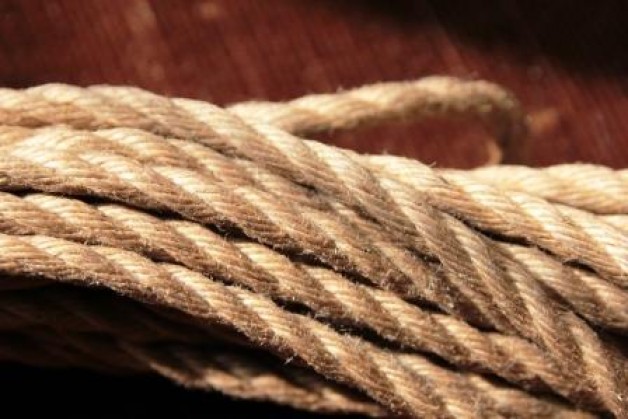After getting the first batch of my new 5mm Osaka, our first thought was “It’s perfect but we need this in 6mm too”. 11,500m of 6mm arrived Monday and it meets all my expectations. Both the 5mm and 6mm seem to be exact diameters, which is not as usual as one might imagine. I suspect most rope buyers, outside our exalted circles, don’t give a monkey’s about 0.5mm one way or another so manufacturers’ sizes can be somewhat nominal. To us, it can make the difference between being just right and ugly to tie with.
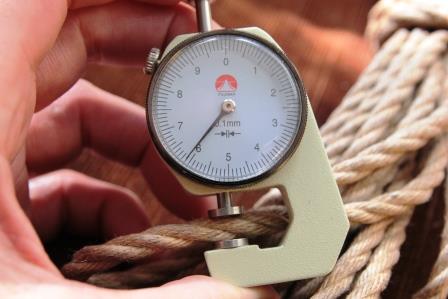
The rope is very light at 15.7g per metre for 6mm (12gpm for 5mm). Off the reel flexibility is so good that there seems to be no advantage in wet treating this rope. It can be used as it but is much nicer with a spot of wax or oil. It barely needs any breaking in. In fact, I was quite happy to use some brand new rope for the first time in my most recent show at BOUND.
Unusually, it appears that the difference in diameter between 5mm and 6mm is a result of thicker yarns as both have 9 yarns per ply. Normally, thicker versions have more of the same diameter yarns.
I honestly believe there are only a handful of people who could tell this from Japanese rope costing several times more and, even then, it would require extremely close inspection by an extremely well-informed rope geek.
The close up pictures are of 6mm Osaka after burning off and applying a little NaWax.
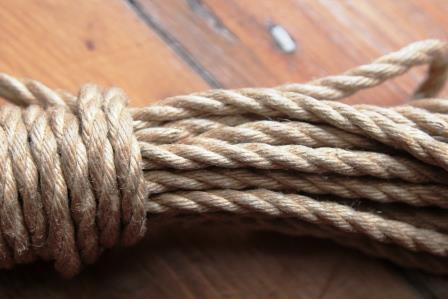
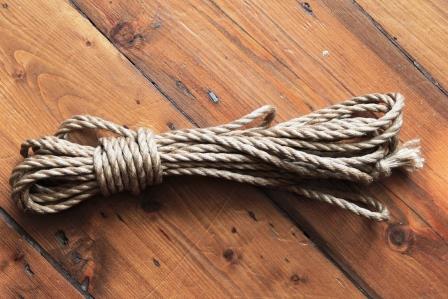
A full set of untreated Osaka 8 x 6mm is only £76.95 (under $130) shipped anywhere on the planet (sorry, there’s a surcharge for extraterrestrial deliveries). Of course, if you want the genuine article from Japan, you can buy a nice set, treated with “hose oil” (sic. I assume this is a typo for ‘horse oil’ , i.e. ”bayu’) on eBay for £288.49 ($485.63), plus £17.82 ($30)! I use plant oils when I supply treated rope as many of my customers rather like horses and would not rather use products made from them.
To give a better like for like, another well-known Japanese supplier charges much less for untreated rope but is still nearly twice the price, especially when custom’s duty is added. Shipments from Japan will attract import duty for non-EU customers, whereas I ship from the EU so there is no duty for member countries.
It will be interesting to see how the new rope performs long term. A constant niggle about a lot of Japanese rope is the amount of care and maintenance it requires to combat over-stranding, i.e. where one ply elongates and causes an imbalance in the twist. I have found my ropes using double-twisted yarn to be very resistant to this problem. I’m still trying to figure out what causes it in Japanese rope. It could be the use of single yarns, but I think not as I have some very stable single yarn ropes. I suspect it is either the looseness of the lay or an unwanted effect of forming each ply by wrapping the yarns around a central one. Again, I have stable loose laid ropes, so my money is on the central core construction. The only other possibility is the use of a more highly polished yarn in some varieties making it more slippery internally. The jury is still out. You can join the discussion on my Fetlife kinbaku group.
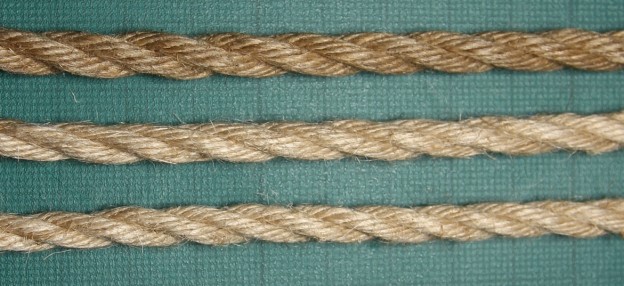
Top to bottom: Osaka 6mm oiled & burned, 6mm untreated, 5mm untreated.

